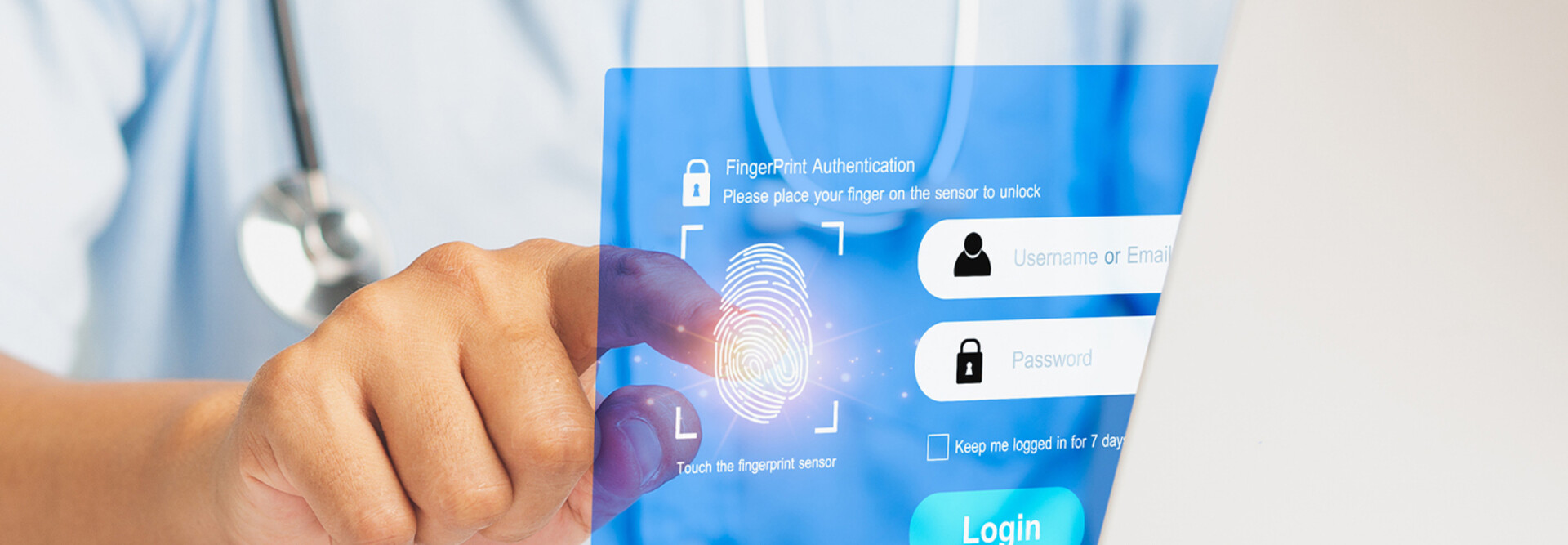Key Takeaways
- Biometric solutions like face recognition and fingerprints enhance security and streamline workflow for healthcare workers.
- Password elimination methods, such as magic links and smart tokens, improve access efficiency while ensuring compliance with regulations like HIPAA.
- Persistent cookies and SMS codes further simplify authentication, allowing healthcare staff to focus more on patient care and less on login logistics.
Understanding Modern Authentication in Healthcare
In healthcare, efficient access to patient data is crucial. Traditional password systems can hamper workflow, often leading to frustration among staff. To address this issue, modern technologies such as biometrics, magic links, smart cards, and persistent cookies are being integrated to enhance user experience and security.
Biometric authentication, including face recognition and fingerprint scanning, simplifies access control. These methods eliminate the need for typing credentials, allowing staff to quickly move between tasks. With biometrics, there is little chance of forgetting login details, as users always have their faces on hand.
Magic links offer another innovative solution by allowing users to log in through a single click on a verified email. This method is particularly useful in healthcare settings where access to patient portals is sporadic. Staff can focus on their responsibilities without the hassle of remembering complex passwords, streamlining their workflow significantly.
Smart cards and tokens present additional advantages by generating secure codes required for authentication. Unlike traditional password systems, these tokens are difficult to hack remotely and contribute significantly to maintaining HIPAA compliance. Employees benefit from a simple tap or plug-in for instant authentication, reducing the time spent on managing passwords.
Persistent cookies enhance the user experience by automatically maintaining a user’s authentication status. This approach minimizes repeated login interruptions, which can disrupt patient care activities. By managing authentication quietly and efficiently in the background, persistent cookies allow healthcare professionals to focus on their primary obligations, rather than the technicalities of logging in.
Text messaging and app codes also provide an effortless authentication method. Users can receive a unique code on their smartphones and enter it for immediate access to patient charts. This eliminates the need for sticky notes filled with passwords that often clutter healthcare environments. Staff find this method user-friendly, requiring no additional training, as it utilizes devices they are already familiar with.
Together, these passwordless solutions are reshaping how healthcare workers approach patient data access, contributing to both security and efficiency. By moving away from traditional password systems, healthcare entities can create a secure environment where staff can prioritize what truly matters: patient care. As these technologies continue to evolve, they hold the potential to further streamline operation workflow in healthcare settings.
The content above is a summary. For more details, see the source article.















